Say what you will about the demolition taking place at the White House. This isn’t the first time the “President’s House” has been torn apart in the name of improvement, and it certainly won’t be the last. Every president seems to leave behind a physical mark—some more subtle than others—but few have been as ambitious as this one.
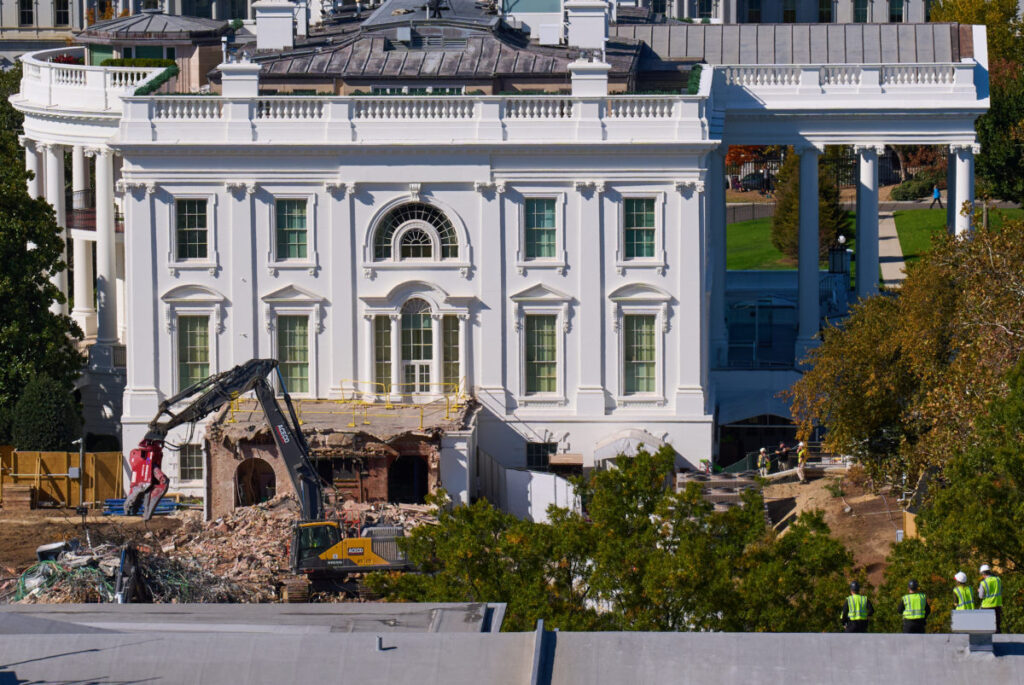
The Ballroom Project: Ambition and Controversy
The latest chapter in the White House’s long architectural saga is unfolding under Donald Trump’s direction. In July 2025, his administration announced plans for a 90,000-square-foot ballroom, replacing the existing East Wing. It’s reportedly a privately funded project, the cost of which is now estimated at $300 million.
Demolition of parts of the East Wing began this month. Staff who once occupied the First Lady’s offices have been temporarily relocated as construction crews peel back decades of history. The goal is to create a ballroom that can host 650 to 900 guests, offering the kind of grand indoor entertaining space that the White House has never truly had.
Reactions have been mixed. Preservationists, including members of the Society of Architectural Historians’ Heritage Conservation Committee and the National Trust for Historic Preservation, have voiced concern that the project may have proceeded without full compliance with federal preservation and review procedures. Others have questioned whether proper environmental and structural assessments were conducted before demolition began. Supporters, meanwhile, view the addition as an overdue modernization—a way to accommodate large events that currently rely on temporary outdoor spaces.

In a dramatic move this week, the White House fired all six members of the U.S. Commission of Fine Arts (CFA) — the federal agency typically charged with advising on major design and construction projects in the capital. A White House official said the new slate would be “more aligned with President Trump’s ‘America First’ policies.” Critics argue the terminations signal a desire to push the ballroom and other projects ahead of standard review processes.
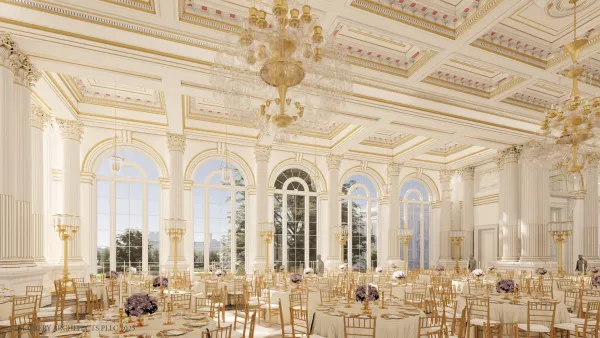
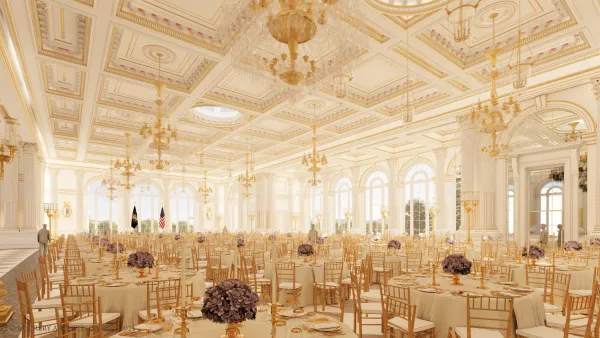
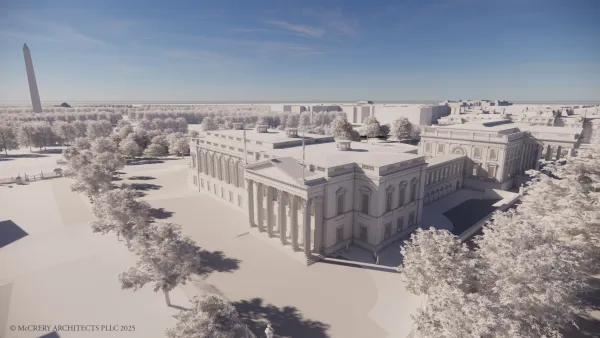

A House Always in Flux
While this is the most significant physical change to the White House complex in more than seventy years, we must consider that the White House has been a work in progress since the early 19th century. In fact, most president’s who’ve occupied the First Residence have remade it in varying degrees. Here’s a look back at some of the most notable transformations.
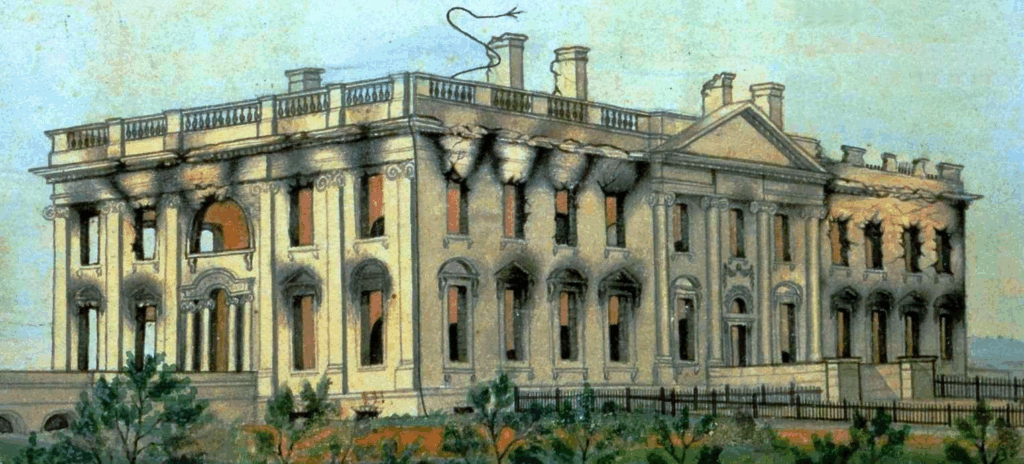
1814–1817: The Rebuild After the Fire
Following the fire set by British troops in August 1814, during the War of 1812, the President’s House was left a gutted, blackened ruin, with only the exterior sandstone walls remaining intact. Despite suggestions to relocate the capital, President James Madison was determined to rebuild the iconic structure as a symbol of national resilience. The original architect, James Hoban, was brought back to oversee the reconstruction, which began in 1815. While largely adhering to his original design, Hoban made subtle improvements and incorporated more modern, fire-resistant materials. The restoration proceeded quickly, and the exterior walls were painted a brilliant white to cover the smoke stains, solidifying its popular nickname, the “White House.” President James Monroe was able to move into the rebuilt and refurnished executive mansion by 1817.
1829: Monroe’s Colonnaded South Portico
The two iconic porticoes that complete the White House’s Neoclassical facade were not part of the original 18th-century design or the immediate post-fire reconstruction, but were added more than a decade later. In each case, James Hoban was called back to expand on his earlier work. The first of these additions was the South Portico, a graceful, semi-circular colonnade authorized by President James Monroe and completed in 1824, which provides a stately entrance overlooking the South Lawn.
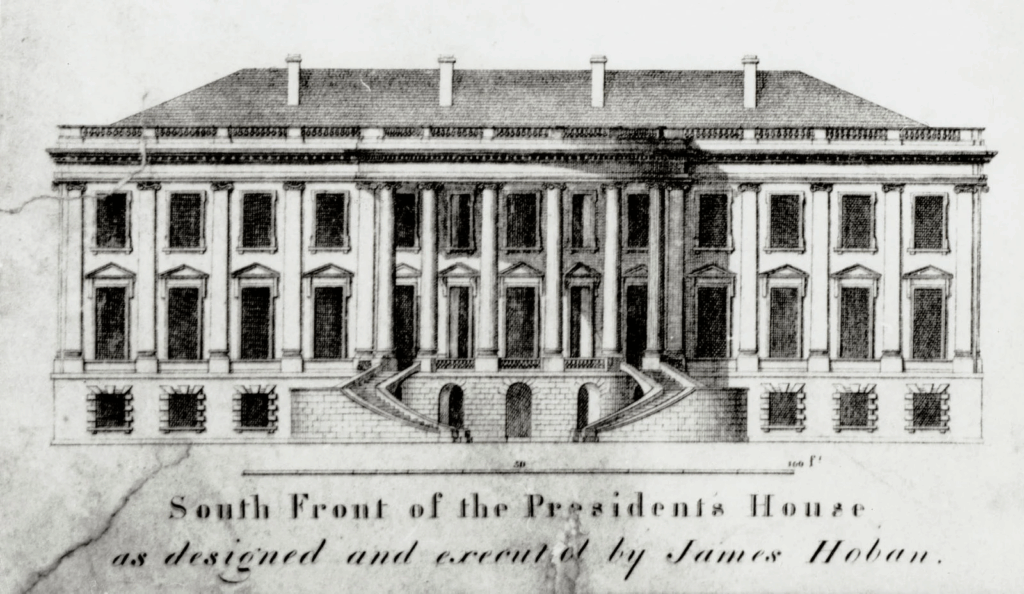
1829–1830: Jackson’s Portico
It was President Andrew Jackson who commissioned the addition of the North Portico on the Pennsylvania Avenue side—the grand entrance that defines the White House’s public face today. This new façade gave the mansion a more balanced and formal symmetry (mirroring the South Portico) and helped elevate the building’s public presence. Its columned portico gave the building the formal neoclassical dignity it had previously lacked and helped establish the White House as a symbol of executive authority recognizable to every generation that followed.
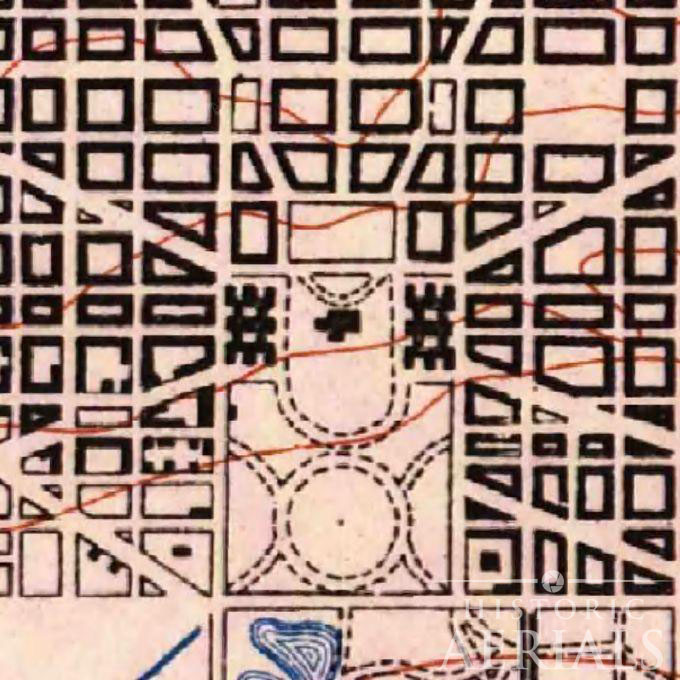
1902: Theodore Roosevelt’s Modernization
When the Roosevelts moved in, the White House was bursting at the seams. President Theodore Roosevelt and First Lady Edith Roosevelt found themselves juggling a large family, a stream of visitors, and the daily hum of government—all cramped into the main residence. So in 1902 they decided to reclaim the home for the family and move the business out. They brought in architect Charles Follen McKim, cleared away the Victorian clutter and greenhouses, and created a separate West Wing for the presidential offices and staff.
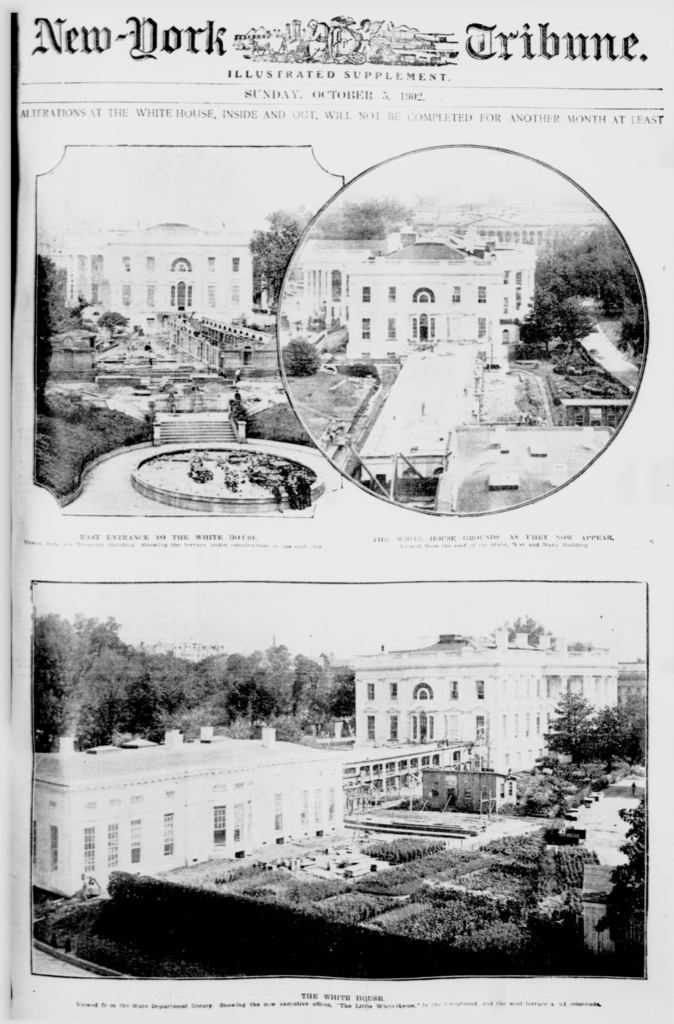
Edith Roosevelt insisted that the family’s living quarters be protected from the public “business” of the presidency—so the second floor finally became just that: home. Meanwhile, the State Floor was restored to its ceremonial role, regaining clarity and dignity.
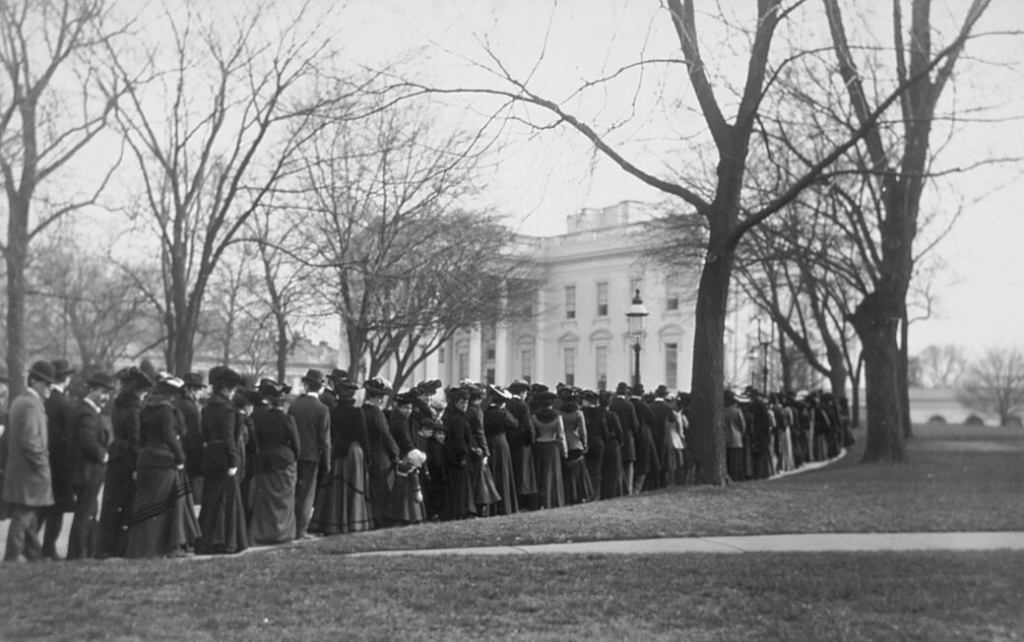
1909: Taft’s Oval Office
By 1909, William Howard Taft had decided the president shouldn’t be tucked away upstairs in the residence any longer. He had the West Wing expanded and asked architect Nathan C. Wyeth to place the president’s workspace at the heart of that building. The result: the first true Oval Office, with its south-facing windows and distinct form, marking a new kind of presidency.
Taft believed the presidency needed both visibility and accessibility. The new layout put him physically closer to the active functions of government, staff and decisions right where the action was. The oval shape helped too—it echoed the Blue Room in the residence, gave the room soft symmetry, and made a subtle statement about the office of the president.
1927: Coolidge Expands Upward
By the late 1920s, the White House roof was in real trouble. The timber framing—unchanged since 1792—was sagging and splitting under its own weight. Calvin Coolidge, usually known for restraint, had little choice but to act. He ordered the roof completely rebuilt using steel and concrete, giving the mansion a stronger, slightly taller profile.

The renovation quietly added what became a hidden third floor tucked beneath the new roofline. Behind the familiar silhouette were 18 fresh rooms: guest suites, storage, and long-overdue living quarters for household staff who had spent decades working out of the basement. It was practical, discreet, and very Coolidge—no fanfare, just a sturdier White House ready for another century of use.


1942: FDR’s East Wing
By the early 1940s, the White House was feeling the strain of a world at war. Staff numbers had ballooned, visitors were constant, and the modest East Terrace—little more than a reception hall—no longer fit the task. Franklin D. Roosevelt approved plans for a full East Wing, giving the building new office space and a formal public entrance worthy of the era. Much of Roosevelt’s East Wing has now been demolished to make way for the new ballroom.
Beneath it, engineers constructed something far more serious: the Presidential Emergency Operations Center (PEOC), a fortified command post built in secret to keep the presidency running in case Washington came under attack. Above ground, the project balanced the White House facade; below, it anchored it in the realities of modern war.

1948–1952: Truman’s Reinvention
After WWII, the White House was literally coming apart. Floors creaked, walls bulged, and a leg of the president’s piano famously crashed through the floor of the family quarters. Engineers soon confirmed what everyone feared—the mansion was structurally unsound.
President Harry Truman made the hard call to move his family across the street to Blair House while the entire interior was dismantled and rebuilt. Only the exterior walls were left standing. The project replaced the failing wooden frame with a modern steel structure, ensuring the White House would last for generations. It also gave the residence a few modern comforts, including central air, elevators, and stronger floors that could finally support the weight of history.
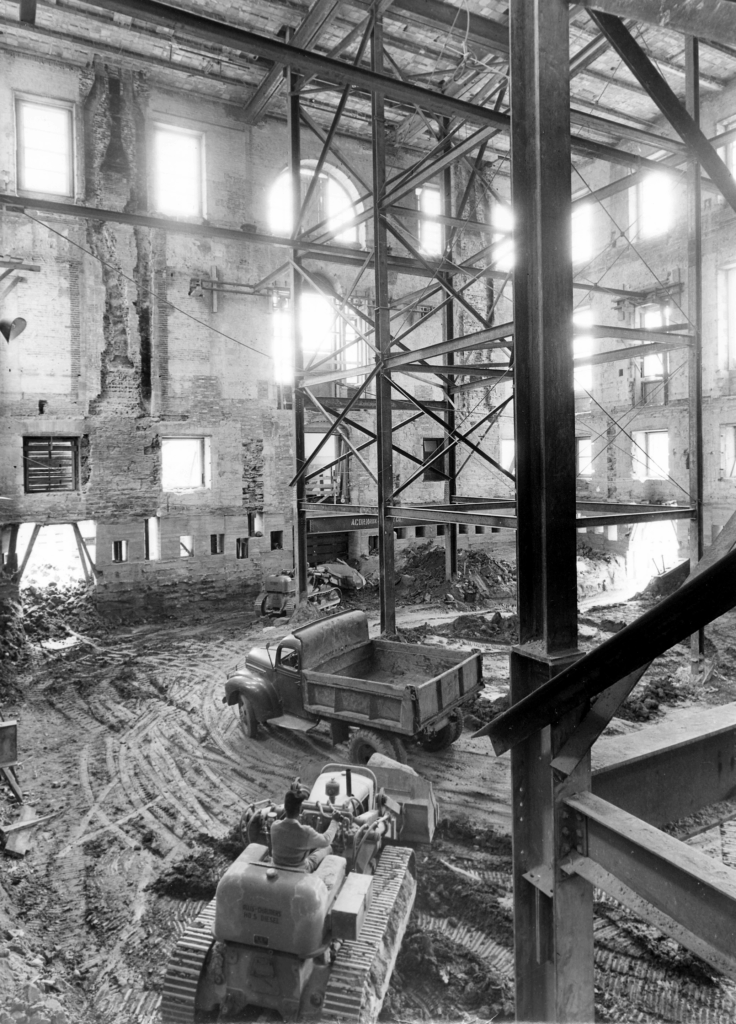
The most visible addition—the Truman Balcony—sparked outrage at first. Critics said it ruined the South Portico’s symmetry. Truman, unbothered, called it “the best idea I ever had.” Time proved him right; today, it’s one of the building’s most recognizable features.
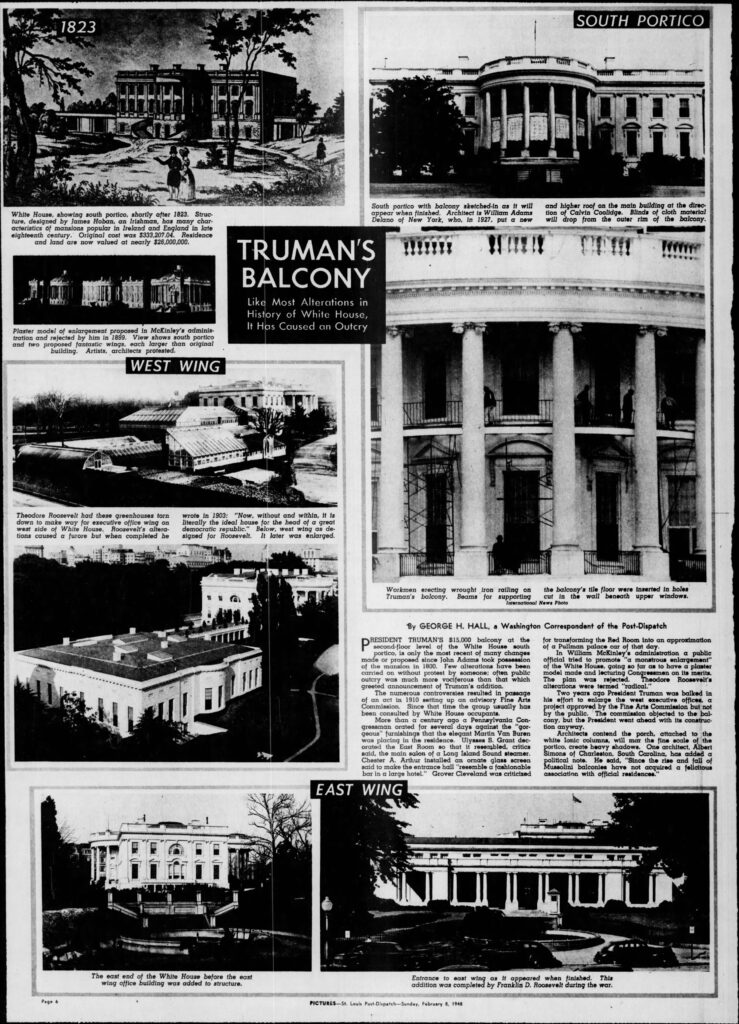
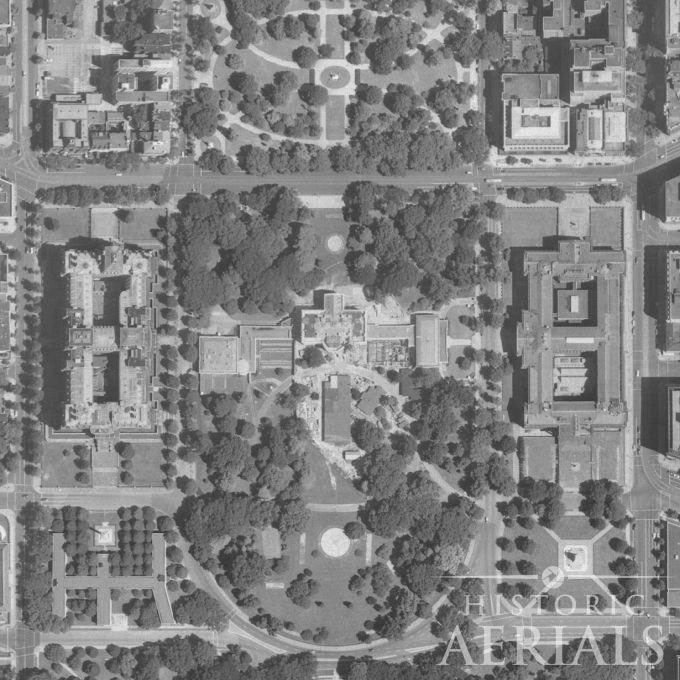
1961: Kennedy’s Restoration
When John and Jacqueline Kennedy arrived at the White House, they found rooms that felt more like hotel suites than pieces of history. Much of the original furniture was gone, replaced by department-store reproductions. Determined to restore dignity and authenticity, Jacqueline Kennedy launched an ambitious preservation effort that blended scholarship, diplomacy, and style.
She assembled a Fine Arts Committee, founded the White House Historical Association, and led a search for antiques and artwork from every corner of the country. Each state room was reimagined to reflect a particular era—the Green Room in Federal style, the Blue Room in French Empire elegance, the Red Room steeped in early American warmth.
Her televised 1962 tour captivated more than 50 million Americans, turning a restoration project into a national event. Overnight, the White House became not just the president’s home but a living museum—one that celebrated American craftsmanship and history on a global stage.
1990s: Clinton’s Modernization
The 1990s brought a mix of polish and practicality to the White House. Under First Lady Hillary Clinton’s direction, a privately funded restoration project brought new life to several of the state rooms. The Blue Room, was returned to its 1817 French Empire style from the Monroe era, while the State Dining Room, Lincoln Bedroom, and Lincoln Sitting Room regained their historic character through carefully chosen furnishings and textiles. Even the Oval Office got a refresh, with President Clinton selecting a deep-blue rug bearing the Presidential Seal.
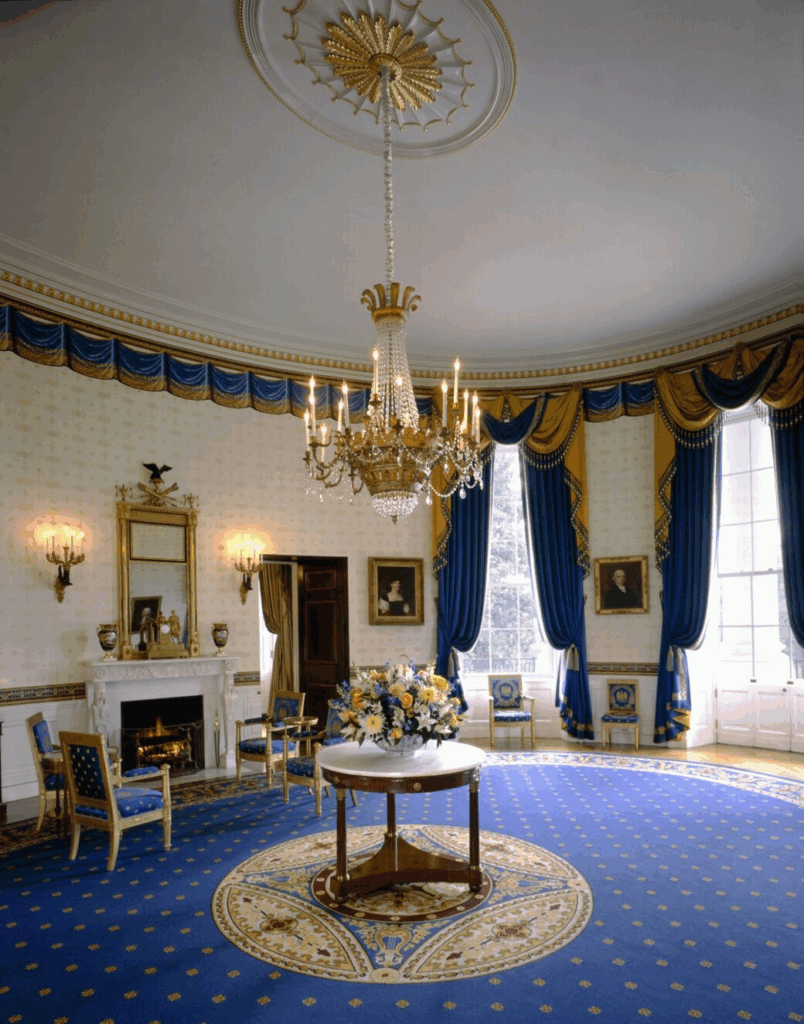
Behind the scenes, a major effort known as “White House 2000” quietly updated the mansion’s aging infrastructure. Crews overhauled the HVAC system, cleaned and repaired the sandstone exterior, and prepared the building for the digital age. The first WhiteHouse.gov website launched in 1994, and email became part of daily operations. Smaller changes also made a difference—a new East Wing ramp improved accessibility for public tours, and a jogging track on the South Lawn gave the president a place to unwind.

2009: Obama’s Garden and Grounds
When Michelle Obama arrived at the White House, she saw the South Lawn as more than a backdrop—it was an opportunity. In 2009, she worked with students from a local elementary school to break ground on a kitchen garden, reviving a tradition that had been dormant for decades. What began as a modest plot quickly grew into a sprawling educational space of vegetables, herbs, and fruit trees.
The garden became a cornerstone of her “Let’s Move!” initiative, teaching children about healthy eating and sustainable food. It also introduced a more personal side to the presidency—school visits, volunteer days, and the hum of beehives just steps from the Oval Office. Over time, the garden expanded to nearly 2,800 square feet, complete with a pollinator section, recycled-wood benches, and pathways wide enough for wheelchairs and garden carts.

It wasn’t a grand architectural statement, but it reshaped how the White House connected to the public. In its own quiet way, the garden became one of the most enduring symbols of the Obama years—a reminder that even small changes can grow into lasting traditions.
2025–: Trump’s Ballroom
Trump’s addition joins the long continuum of presidential renovations—each one controversial in its own time. Like Truman’s steel-frame rebuild or Roosevelt’s creation of the West Wing, this ballroom is a reflection of how each administration reshapes the presidency’s physical and symbolic space. The East Wing’s demolition recalls the cyclical nature of change at 1600 Pennsylvania Avenue, where innovation and preservation often collide.

Preservation, Procedure, and Perspective
Critics say the ballroom project is moving too fast, sidestepping the review process meant to protect national landmarks. Preservationists warn it could set a troubling precedent, while supporters call it a long-overdue modernization of a working residence that’s constantly adapting to new demands. History suggests both sides have a point. From Jackson’s portico to Kennedy’s restoration, nearly every major change to the White House met resistance before becoming part of its accepted story.
What’s unfolding now is another round in that long conversation between preservation and progress. The White House has always been both symbol and workplace—a living structure that evolves with each generation’s priorities. Whether Trump’s ballroom is seen as an overreach or a legacy project, it will inevitably join that lineage. Like Roosevelt’s new wings or Truman’s rebuilt core, it will leave its mark on the skyline and on history’s record. History is never static, even at 1600 Pennsylvania Avenue.
